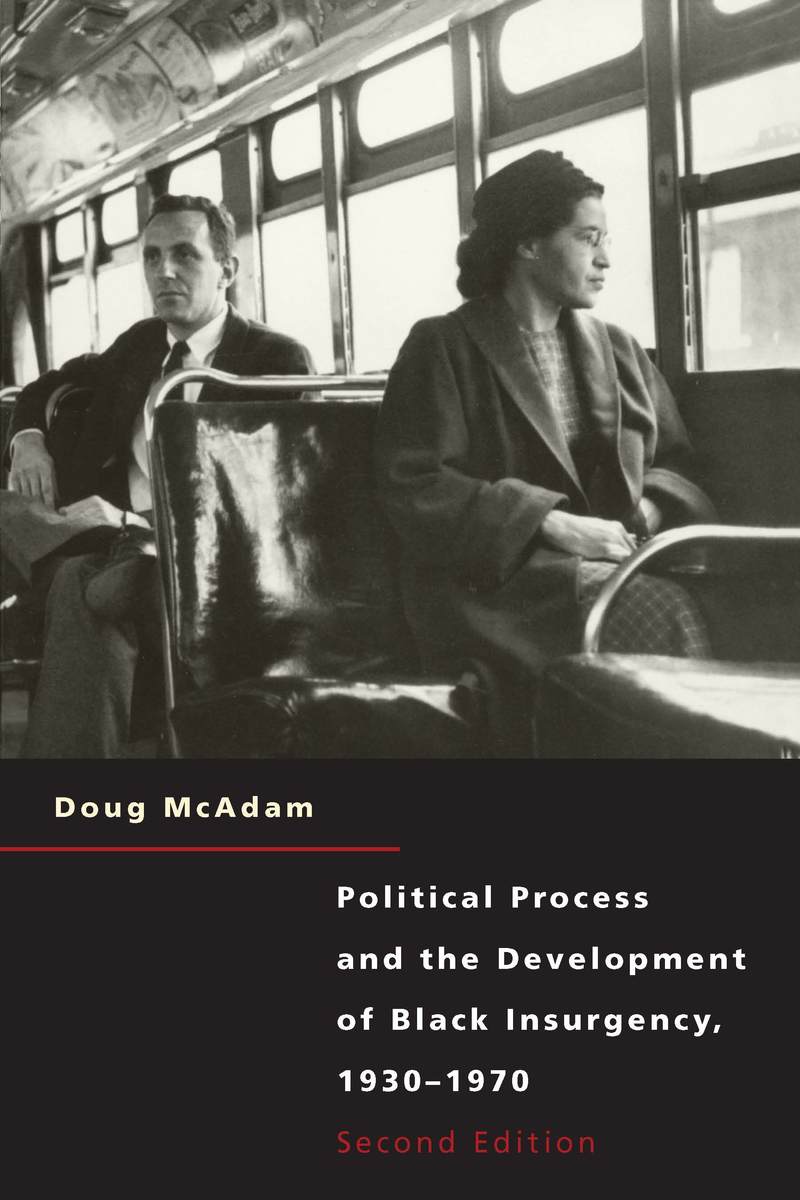Cloth: 978-0-226-55551-5 | Paper: 978-0-226-55553-9 | Electronic: 978-0-226-55555-3
DOI: 10.7208/chicago/9780226555553.001.0001
AVAILABLE FROM
University of Chicago Press (paper, ebook)Apple Books
Barnes & Noble Nook
EBSCO eBooks (formerly NetLibrary)
Google Play
Kno
Kobo
ABOUT THIS BOOK
"[A] first-rate analytical demonstration that the civil rights movement was the culmination of a long process of building institutions in the black community."—Raymond Wolters, Journal of American History
"A fresh, rich, and dynamic model to explain the rise and decline of the black insurgency movement in the United States."—James W. Lamare, Annals of the American Academy of Political and Social Science
TABLE OF CONTENTS
Introduction, 1999
Preface
Introduction
1. The Classical Model of Social Movements Examined
2. Resource Mobilization: A Deficient Alternative
3. The Political Process Model
4. The Empirical Implications of Various Models of Social Movements
5. The Historical Context of Black Insurgency, 1876–1954
6. The Generation of Black Insurgency, 1955–60
7. The Heyday of Black Insurgency, 1961–65
8. The Decline of Black Insurgency, 1966–70
9. Political Process and Black Insurgency
Appendix 1: Methodology and Presentation of Coding Manual
Appendix 2: Chronology of Sit-in Demonstrations, February 1– March 31, 1960
Appendix 3: Estimated Total External Income for Five Major Movement Organizations, 1948–70
Appendix 4: List of Indigenous Protest Leaders, 1955–60
Appendix 5: Indigenous Protest Leaders and Their Later Organizational Affiliations within the Movement
Notes
Bibliography
Index
